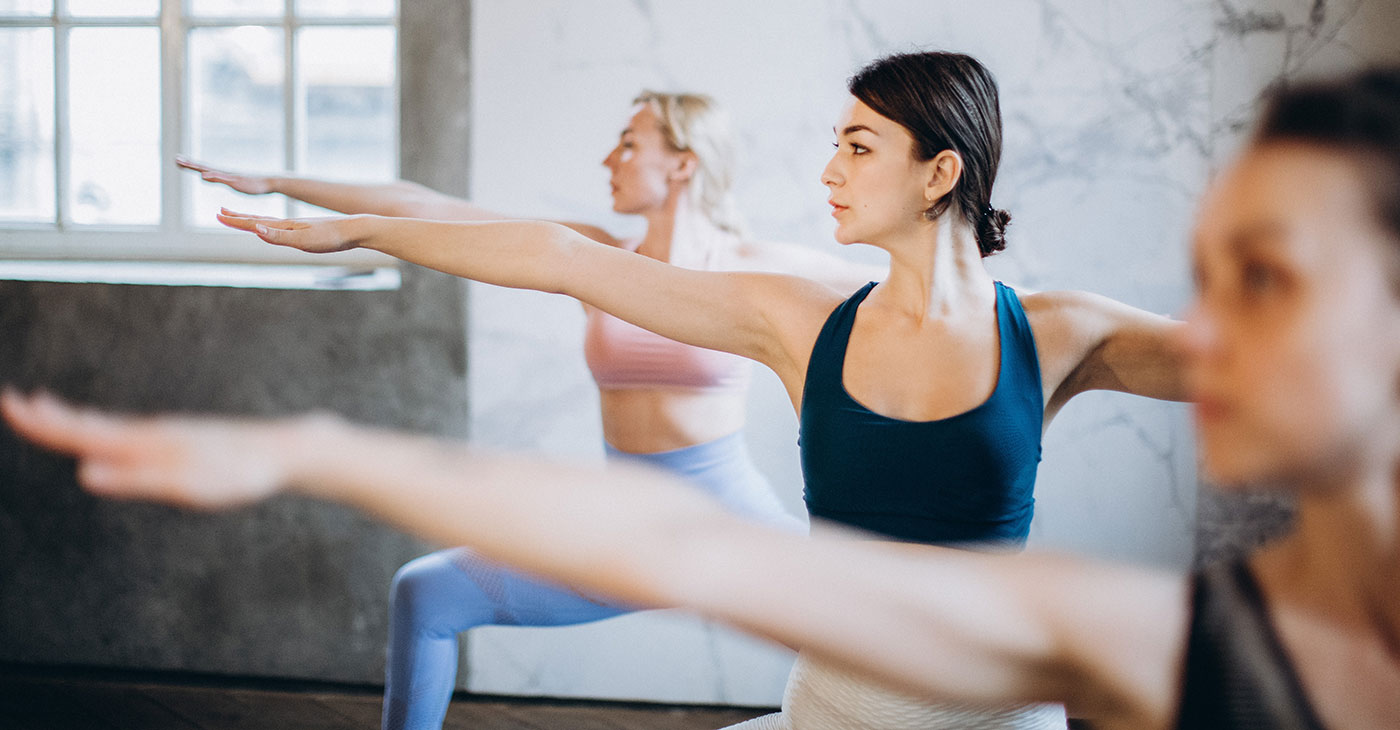Emotional Qualities are related to mood. The way we move informs the way we think and feel. Conversely, how we activate our energetic output, is often governed by our mood. Becoming conscious about the choices we make in how much effort we put into any activity is a discovery worth making. The more you know about yourself, the more you choice you have for growth and transformation.
Within any experience lie the clues for our transforming possibility. The clearer the words we use to describe how we are feeling, match the sensations of what we are feeling, the closer we come to identifying and naming the experience. Laban Movement Analysis provides language to describe the experience of our responses so we can grow in emotional and empathic eloquence.
Our underlying attitudes towards motion factors of weight, space, time, and flow are personal dynamic markers that describe the effort we use to accomplish any activity. We have infinite combinations of these factors to support, enhance or inhibit our movement life. The choices we make create the quality of how we are feeling and present to the world.
The quality of movement occurs on a continuum emerging from a flow of energy. Sometimes, the choices we make are not efficient or effective, we automatically use whatever resources we have to accomplish a task. When we become awake and conscious to how we are using our resources, we have a more lively experience. This is embodiment.
Get in touch with Flow
Flow of energy can be experienced in sensations of our muscularity. To make a fist we tighten our muscles. When we tighten and flex our elbow to show off our biceps, we are binding the flow of energy through our fascia. More extreme binding can result in a full body posture enclosing with flexion of arms and spine, and maybe a jutting head, as seen in the old Saturday Night Live sketches of body builders, “We gonna pump you up.” The message intended “oo big strong aggressive male”.
When we release muscular binding, we release tension and our energy freely flows. Movement has an ease and outpouring quality. This energetic flow progresses along a continuum from the above muscular tightening, to a binding feeling in your throat and chest when feeling like you are going to cry. This binding releases when we do cry and the tears flow. We also may burst out laughing, or bop along to a happy tune. Extreme free flow can be experienced by throwing your arms wide to take in a beautiful day, and running through the park.
Flow of Weight
Weight provides us with information about our inner attitude to mobilize. Our faculty of participation with weight indicates our intention, the desire to do something. How do we activate our weight to accomplish a task? The act of noticing transforms the action. When I notice my weight shifting, it changes the way I shift. Activating our weight is also related to our presence, I arrive in a new place, as my weight settles, “Here I am.”
Increasing and decreasing our pressure depends on the task. Typing on a computer does not require the same pressure as pushing an election sign firmly into the earth. Lightly touching a baby’s nose or packing a snowman into place requires different ways of activating our weight. We choose. How we choose is up to us.
Where we are going?
How we focus our attention, and what we are able to take in, relates to how conscious we are of the space around us. The how of Space is a feeling of interest! When out shopping, we may take in the whole mall with a panoramic view, either looking for something specific or just taking in the whole experience of the place. When we find what we want, we hone in and move directly towards what catches our interest.
Our ability and willingness to participate in activities is expressed by a sense of expansive wide open attending, or honed in, focussing in on details? How do you gather information? If you are not interested you will not be probing, or expansiveness. If you lose interest quickly in details, but are able to take in a lot of stimuli from the environment and see patterns in a myriad of things, your interest and attention is multifocussed.
Slow down to take in.
Our inner attitude toward urgency is related towards flow of time. Is time shortening and running out? Like having to get the basketball across the centre line under 30 seconds? Does the situation feel like time is prolonging, going on forever? The person speaking will never stop.
Our inner perception of time relates to how we accelerate or decelerate in our processing. We may react or respond, depending on the situation. If we get in the habit of reacting to all things (for a myriad of reasons), we may learn how to decelerate and learn to respond.
Our inner attitude to time does not refer to duration or passage of time (i.e. seconds, minutes, hours, etc.) rather it points to our sense of decisiveness. We can feel we are being pushed by time (“I don’t have enough time to complete this task, I can’t make this decision,” “oh no.” This feeling can cause anxiousness and exasperation, or it can be exciting, “something is about to happen.”) There is a quickening within us, and our flow might gather in, as we speed up what we are doing.
We can also have a feeling of time being languid; “I have all the time in the world to complete this task.” I can luxuriate in the bathtub, or mull over a problem by decelerating and allowing my mind to search for an appropriate answer. Our faculty of participation with deciding, go now? or wait awhile, has to do with our relation to time.
Seeing, and Being
Embodying movement to the extent that weight sensing and yielding leads naturally into movement initiation with intent. When we connect with our sense of progression, outpouring or holding back as we move lightly (walking on egg shells, or sneaking up on someone) or firmly (trudging through a field of snow, or stomping a tree into the ground), the snow may slow us down, but the bear in the woods makes us want to quickly clear the doorway to our home. In these events, we notice how our movement may impact our mood, or we may notice how our moods and imagination may be impacted by moving.
Connecting physically allows us to connect emotionally, psychically and spiritually. Discovering your relationship to flow, weight, space, and time supports the integration of your body/mind so you can enhance empathy making lasting and healthy emotional connections. Becoming more aware of your lived experience, and expressing it clearly, allows you to be more present to the quality of your life, which in turn provides meaning and joy.











